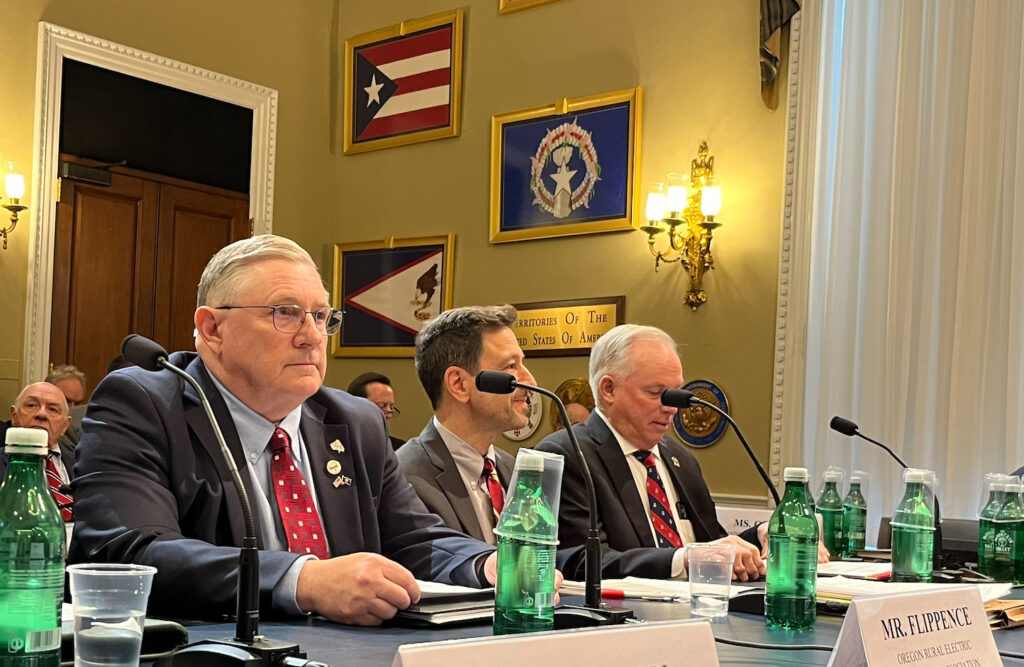
Electric cooperatives support the goals of the Endangered Species Act, but the law is creating major challenges to affordability and reliability and must be improved for the sake of wildlife and communities, an Oregon co-op leader told a House panel Tuesday.
Fred Flippence, general manager of Harney Electric Cooperative in Hines, Oregon, described how the federal Bureau of Land Management came up with a plan in 2014 to protect sage grouse habitat that, if implemented, would have bankrupted the 1,230-member co-op.
The BLM’s preferred plan would have required the co-op to relocate or bury more than 105 miles of transmission line and more than 530 miles of distribution line to protect sage grouse habitat, Flippence told the House Natural Resources Subcommittee on Water, Wildlife and Fisheries.
“The direct costs to the co-op of relocating or burying the transmission and distribution lines would have exceeded $400 million,” said Flippence, who is also president of the Oregon Rural Electric Cooperative Association. “HEC would simply have had to terminate service.”
The co-op serves a total of six counties in southeast Oregon and northern Nevada. Nearly half the residents of one of those counties, Harney County in Oregon, live below the poverty line, Flippence said.
Fortunately, he said, the co-op has not been required to implement those measures. But its projects, such as moving a line or changing easements, are often delayed because of possible impacts on sage grouse habitat.
“For instance, our easement with Malheur Refuge came up for renewal, and it was declined because they didn’t want power lines on the refuge,” he said. “I had to explain to the U.S. Fish and Wildlife Service that the power serves their headquarters, fish weirs and irrigation on the refuge.”
In another case, the co-op’s renewable geothermal energy project is being delayed because of a golden eagle nest that has been abandoned for about 20 years, Flippence said.
“We are required to wait through the golden eagle breeding season to see if the eagles will reclaim the nest that has been abandoned for what we believe is two decades,” he said. “After so many years, we hope the Fish and Wildlife Service will deem the nest abandoned, so the project can resume. These project delays have an impact on the system and reliability.”
Flippence, who was also testifying on behalf of NRECA, recommended several ways to improve how critical habitat is designated under the Endangered Species Act:
- Only those areas that are actually habitable should be categorized as habitat.
- A proposed designation of critical habitat should focus on specific geographic areas.
- An area must be sufficiently habitable for a species’ long-term survival.
“Meeting current and future energy needs is a major challenge,” Flippence said. “Rising to meet this challenge will require collaboration, creativity and flexibility. HEC and our electric co-op brethren are ready to work with you, your colleagues in Congress, and your federal agency partners to meet these needs.”
Erin Kelly is a staff writer for NRECA.